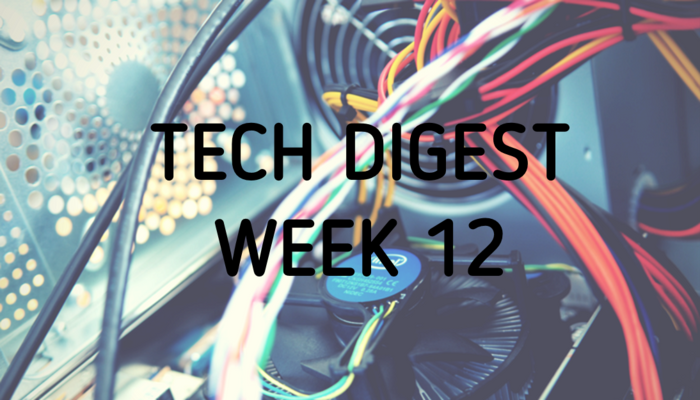This article explains and analyzes two fundamental business scenarios of how data and predictive analytics are used to drive business performance.

First! What Is Predictive Analytics?
Data that predicts the future is typically perceived to have come from a newfound channel of metrics, but the data is closer to you than you think. It’s not about finding new raw data, but using the existing data differently. With such large data sets coming in from various sources, organizations can very easily identify common patterns and build new data models. This enables them to predict future actions instead of analyzing the past through old standard of descriptive analytics.
Predictive analytics utilizes a wide range of modeling, machine learning, data mining and statistical techniques to identify recent and historical data which allows analysts to make near-accurate predictions about the future.
Example 1: How Banks Use Customer Data to See the Future?
Banks need to address some of the critical business issues like long-term loyalty from its high-value customers. How to attract and retain different types of customers? What additional products or services to sell? And what rewards to target at its long-standing customers?
Enter predictive analytics —The core of predictive analytics represents capturing relationships between predicted and explanatory variables from past occurrences, and using it to predict future outcomes. This results in planning effective strategies in customer relationship management like up-sell and cross-sell initiatives, advertising and marketing campaigns, customer loyalty, customer retention, screening, customer behavior and rewards programs.
Customer buying habits
Understanding the customer behavior and targeting the right products based on the customer buying habits is a task which banks independently and in conjunction with retailers try to accomplish. Predictive analytics enables banks to quickly classify different customer segments and plan individualized campaign with highly personalized messages tailored to each customer’s profile. This helps banks in targeting the right product for the right customer resulting in a higher response rate.
For example, a person who has shown a trend of buying a specific type of gadget over a period of time can be rightly targeted by the gadget maker with timely and relevant information. These messages can be pushed using marketing channels such as direct mail, e-mail, net banking and mobile banking. This activity helps in predicting various needs of consumers and work out a portfolio of products which could result in an easier buy in.
Cross Sell
In a cross-sell scenario, an analysis of existing customer behavior can lead to efficient cross sell of products. A proficient cross seller needs to know what kind of products should be offered to whom to predict the outcome. This results in effective cross sell which directly leads to higher profitability per customer and strengthens the customer’s relationship with the bank.
Example 2: How Uber beat competition?
A few years ago, who would have imagined, a new-generation car rental services company would shake out the decade old, largest car rental companies like Hertz and Avis.
Avis ranks second in the car-rental world in terms of cars in service, with close to 500 thousand vehicles.
Uber began shuttling riders in San Francisco four years ago. Today, the car service app is worth more than decade-old legacy car rental companies like Avis and Hertz.
In the past year, Uber has outstripped many car, transportation and logistics companies that have spent decades achieving comparable market caps.
How did Uber become No. 1 using Big Data and Analytics?
Uber built a smartphone-app for their cab booking service. This connects users who need to get somewhere with drivers willing to give them a ride. Today the Uber business is rooted firmly in Big Data and Analytics. Uber is leveraging this data in a more effective way than traditional taxi firms. This has played a huge part in its success. Uber’s entire business model is based on a Big Data principle of crowd sourcing.
Uber with its vast database of drivers in all the cities it covers, instantly matches you with the most suitable driver present in the nearest location when you ask for a ride.
How Uber used classic Bayesian statistics Algorithm to predict the customer destination?
The Uber data team worked on determining the businesses Uber riders like to use. Essentially, it involved determining the kind of restaurants, airports, hotels and destinations the riders are likely to travel to.
Uber took the riding patterns of over 4000 unique riders from a particular location. When requesting an Uber, the rider filled the destination fields. Uber considered this as a true destination the rider wanted to go, creating a standard against which Uber compared the predictions of their predictive models. Most of the times, Uber could correctly identify the possibilities where riders are headed. This destination information enabled Uber to do better planning of the busy routes.
The future of predicting behavior using data extends into human services as well. It is very easy to use data to predict customer and market patterns
Analytics can help not only in keeping a tab on its customers but also could help expand the business or minimize risks depending on the business scenarios.
Reference:
http://customerthink.com/predictive_analytics_how_banks_use_customer_data_to_see_the_future/
http://www.datasciencecentral.com/profiles/blogs/the-amazing-ways-uber-is-using-big-data
http://newsroom.uber.com/2014/09/inferring-uber-rider-destinations/


